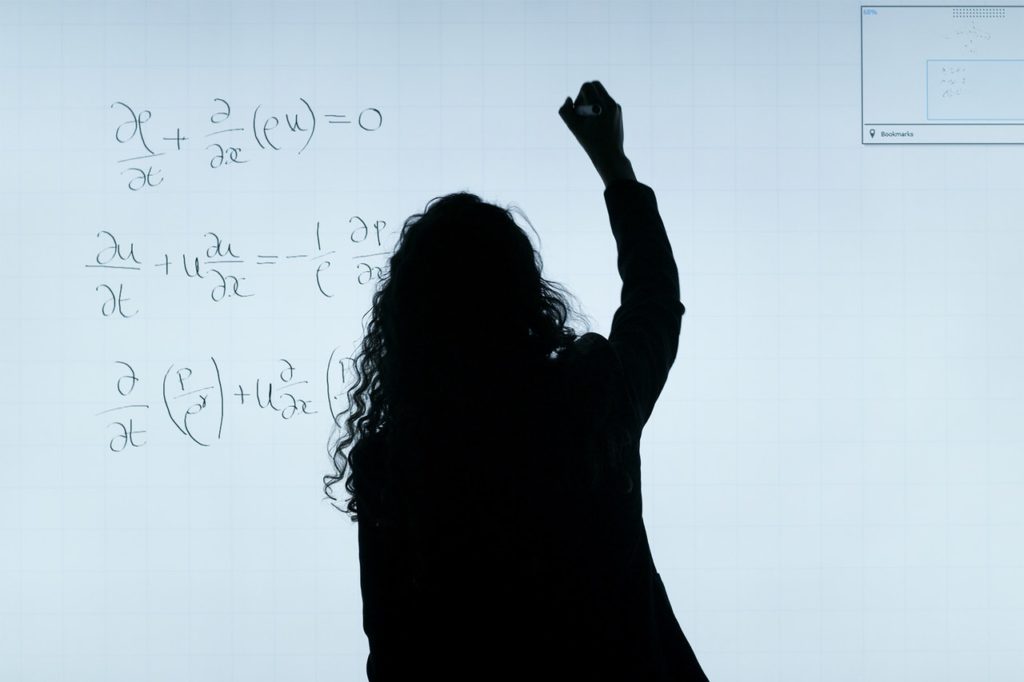New technologies can revolutionize various parts of daily life. How people can learn when they go to university is just one example. Modern innovations can make the university education of the future a lot different from simply reading books and taking tests. While some of the more radical changes are still far in the future, you can probably expect some improvements now as new technologies seep into the university experience. Here are some changes that you can potentially expect.
Online Learning
One of the most notable changes that many will notice is the rise of online learning. It is hard to avoid it as the pandemic has pushed it to the forefront. Nowadays, college students can take classes remotely through online conferencing apps. Professors teach classes and send out assignments online. While many people are hoping for everything to return to normal, the current setup can be a potential peek at how distance learning can be done in the future. Besides live classes, there is also the increasing use of video content. Prerecorded classes are much easier to set up since streaming platforms like YouTube have shown that it is possible to store many videos and use them for educational content.
The Use Of Cloud Resources
Cloud migration companies make a lot of money nowadays as various companies and institutions make a move towards cloud storage. Colleges are no exception to this. Several colleges are already using the cloud to help with data storage and distribution. Most of them mainly use it to offer e-mail accounts that can be accessed anywhere via a browser. But others are taking a unique approach to it. A cloud environment can allow for better accessibility. The college can upload the course material to the cloud, and students can easily get it. This smooth distribution can facilitate distance learning even better.
Increased IoT Integration
With smartphones everywhere and various digital devices around, the Internet of Things is making its presence known in a college environment. Having a smartphone can allow you to connect to various devices across the campus to help you out. For example, your smartphone might have an app that updates you on which classrooms are empty or when your experiment in the lab is ready for checking. Some colleges might even use IoT to monitor the health of students.

Artificial Intelligence Assistance
There is a lot of administrative work that goes into running a college. The paperwork that passes through a college faculty can be staggering. Artificial intelligence might be able to help with that. For example, every semester the college has to decide what courses it will have to offer. Human resources requirements can mean some courses are not available during a semester. The trouble with that is some students might need to sign up for that course if they want to have a smooth college career. College administrators might miss out on them because they don’t know about those needs. An artificial intelligence assistant can identify what courses need to be offered so that all students have an optimal class schedule. Additionally, they can do it in minutes instead of having to discuss it over a few weeks. Other administrative tasks can be done with the same ease.
Data Analytics Support
Big data is a big help to various businesses when it comes to predicting trends and helping make decisions. While universities are not aiming for profits, identifying various things in the student body can be a big help. For example, it is a fact that competition for scholarships can be tight. Many colleges want to get something out of their investment in data analytics, and this is where they can help. Instead of just giving away scholarships for no reason. A deep-dive into the current data of students can reveal a variety of things. What is most important is to identify students who would be able to give colleges the most bang for their buck. Data can reveal students that have the most potential so that they can receive the support that they need. The analytics can identify which students are in trouble so that the college could give them the help they need to succeed. This is a much better way to ensure university resources is being used for the right reasons.
A university student from 30 years ago would find modern universities a refreshing and surprising experience. Modern technologies have allowed a smoother education for many people and increased accessibility. Some don’t even have to go to the actual campus to learn. With the continued progress of technology, you can expect more revolutionary changes in the future.
